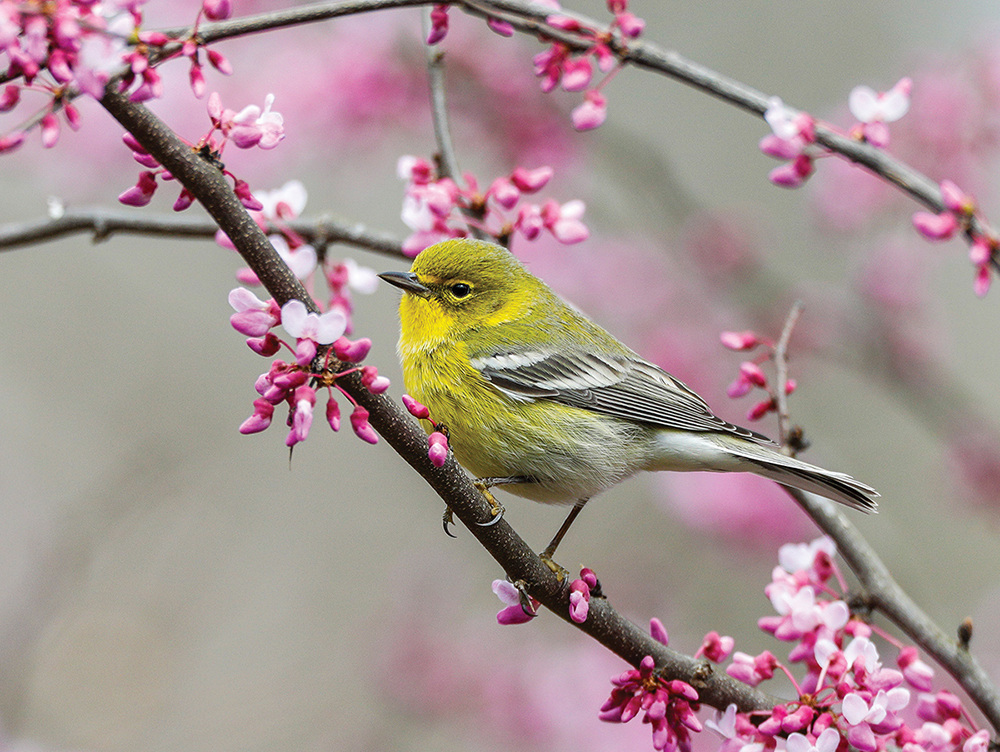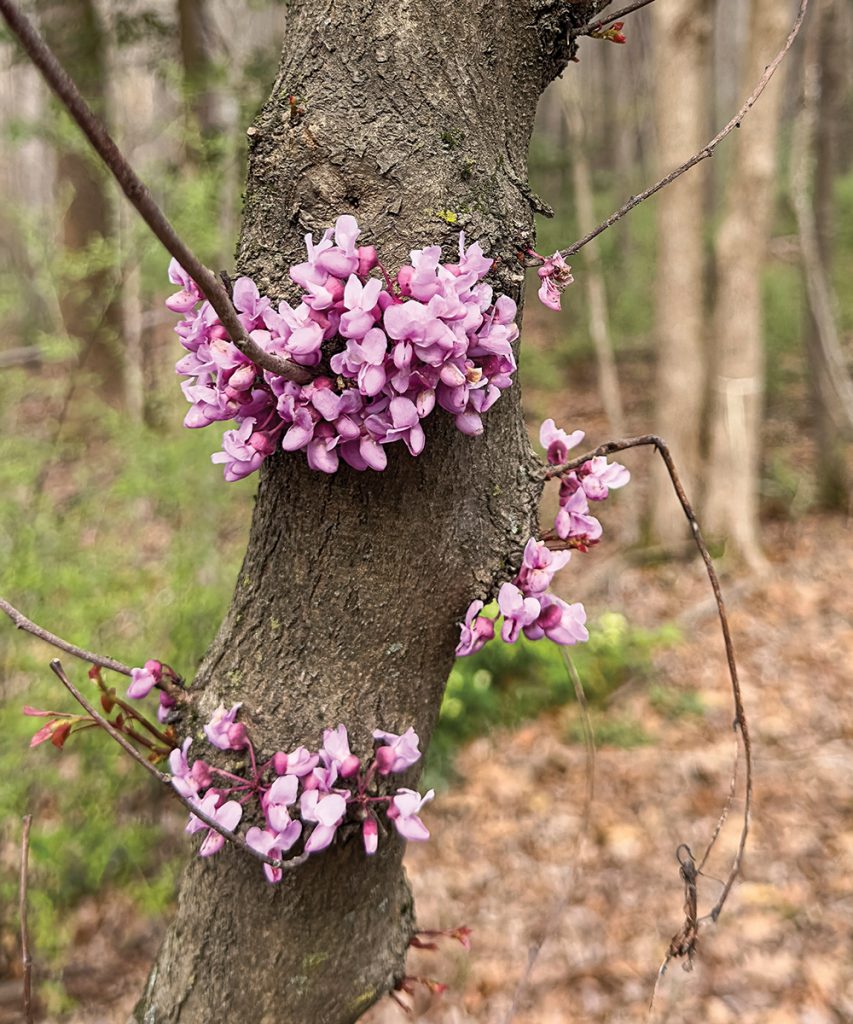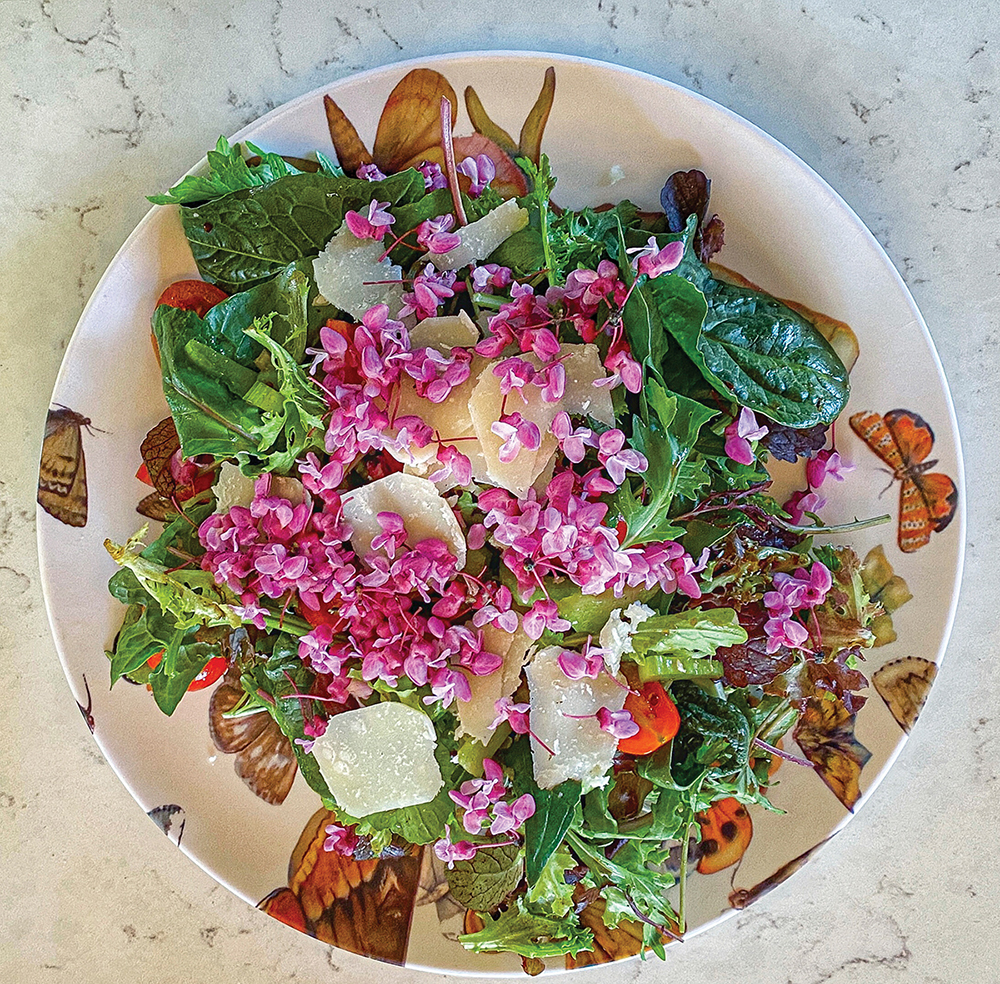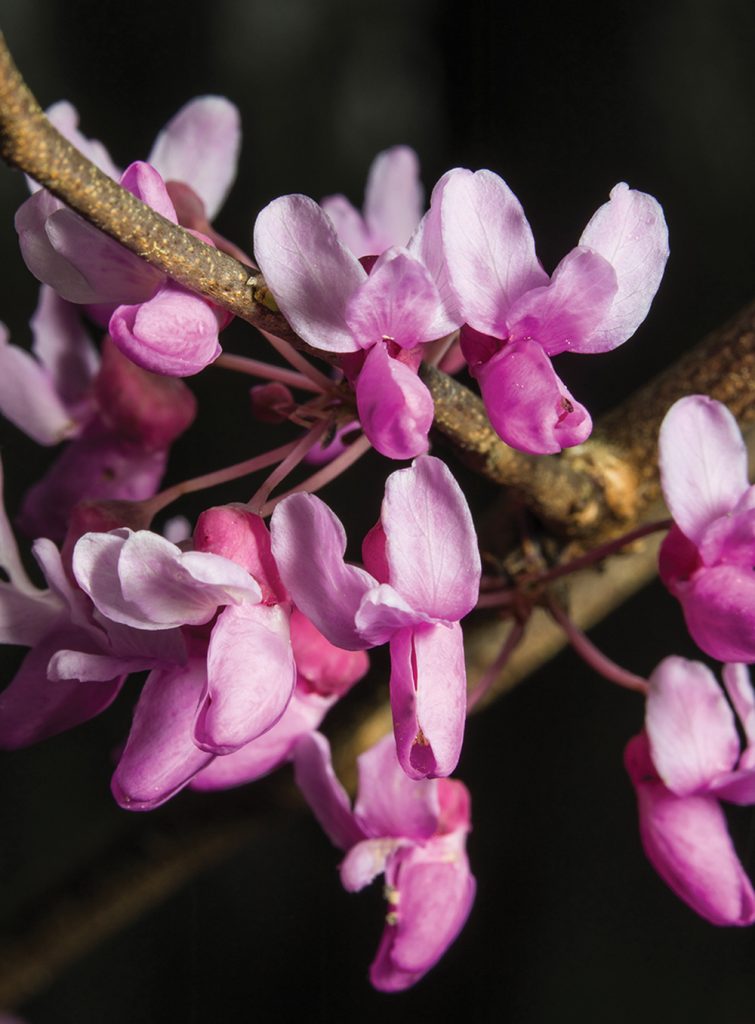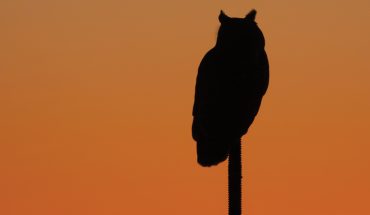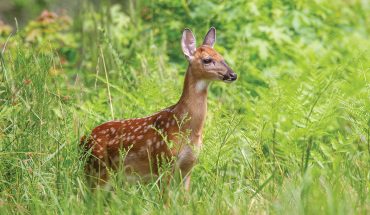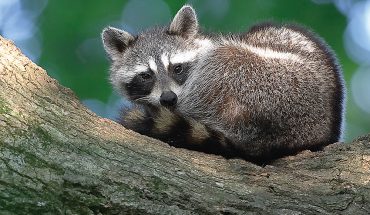This beloved, blossoming tree provides the season’s first blush of color each year in the Carolinas.
by Mike Dunn
Late this month, the Eastern Redbud (Cercis canadensis), will provide a pink blush to the end-of-winter browns and grays in our woods. Sprout- ing countless flowers in colors that would qualify it as the official tree of Barbie Land, our native redbud is a widespread deciduous understory tree.
Every March, I love to watch as the clusters of reddish-pink buds begin to swell and finally burst forth with flowers that can bloom for two to three weeks. Even though we may experience some cold weather (and maybe even snow) during their bloom, they are a sure sign that spring is not far behind.
Redbud flowers are rich in both nectar and pollen. They provide an important food source for early pollinators when other foods are scarce. Insects that visit these food factories include honey bees and a host of native bees such as bumblebees, carpenter bees, mason bees and mining bees.
If you stand under a tree in full bloom, it sounds like the tree is humming because of the abundance of bees. I often see the first Eastern Tiger Swallowtails of the season fluttering at the dense pink clusters as they gather nectar. Redbuds are also host plants for the caterpillars of several butterflies and moths.
Several of our redbud trees are close to the suet cage mounted on my deck and serve as a staging ground for birds approaching the feeder. One day last March, I sat on the deck and watched the parade of species as they waited their turn.
Most managed to land behind a tangle of branches without a clear chance for a photo, but a couple of notable species shared something I did not know about birds and this tree.
I watched as a few juncos and a pair of cardinals nibbled on several flowers. A few times, it almost looked as if the birds were just squeezing the flower, but I also saw them pull one off and eat the whole thing. After watching the birds squeeze the flowers, I tried a couple to see if there was any easily accessible sweet nectar.
I could not really tell anything definitive, other than the flower itself is tasty — it makes an excellent addition to a salad! Last year, I cut back a redbud limb that was rubbing the screen porch and we had a couple of delicious and colorful salads. The young green seed pods can also be eaten raw or stir-fried.
The distinctive heart-shaped leaves usually don’t appear until the flowers begin to fade. As they enlarge to their full size, I frequently notice two other signs of creatures utilizing this tree: folded leaves and leaves with holes along the edges. If you gently pull back a folded leaf you will see a small black-and-white ringed caterpillar, the aptly named Redbud Leaffolder.
They are quite active when disturbed and usually drop to the ground. Redbud leaves are their only food and they fold them by using silk to stitch the leaves together. The larva then lives in this shelter and feeds on the leaf surfaces inside. The adults are a small black moth with white spots.
Small native bees, called leafcutter bees, use their mandibles to cut circular holes along the edges of redbud leaves (and sometimes leaves of other plant species). It looks like someone has taken a hole punch and punched out a series of holes on the edge of a leaf.
But these native bees are not eating the leaves: They use the incised leaf dots as nesting material inside hollow sticks, natural accidentally left outside
In the 25 years I have lived in this home, several of the larger Eastern Redbud trees on our property have died, as they tend to live only 20 to 40 years.
But in our yard, which is protected by a deer fence, they sprout almost like weeds. It’s a different story outside the fence, where there are no redbud saplings anywhere due to heavy browsing pressure by deer. But I see these trees all along rural roadsides in the Triangle and in many suburban areas as they have become a valued landscape tree.
Their small size, beauty, tastiness in salads and hardiness make them an ideal native plant addition to any yard. The timing of their cheery blooms is another key to why this tree has gained such acceptance. As Michael Dirr, Professor Emeritus at the University of Georgia Horticulture Department so eloquently puts it: “Redbuds are a breath of fresh air after a long winter.”
This article originally appeared in the March 2024 issue of WALTER magazine

